都内のヴィンテージマンションの一室。室内は剥き出しのコンクリート壁に、陶製のお面やタイルアートが飾られ、中庭に面した窓際では無数の観葉植物たちが気持ちよさそうに日を浴びている。自身の作品から買い集めてきたものまで、出自も様々なオブジェやアートピース、家具が、一つの空間の中で見事に調和している。ここは陶芸家、鈴木絵里加のアトリエ兼住居。元々、建築を学んでいた鈴木は、同じく建築出身の夫と共に、リノベーションのプランを考え、自分たちでも手を加えながら空間づくりをした。 大学で建築を専攻した鈴木は、卒業後は設計事務所のアシスタントに。様々な業務を経験する中で、建築という仕事の面白さを感じつつも、「もっと直接的に自分の手を使ってものづくりがしたい」という思いが強くなっていった。そんなある日、駅前でふと陶芸家のハンス・コパーの展示会ポスターが目に入った。吸い寄せられるように展示を観に行くと、そこにはそれまで抱いていた陶芸のイメージを覆す、見たことのないオーラを纏った作品があった。それまでろくろも触ったことのなかった鈴木は、迷うことなく「陶芸をやってみよう」、と決心し、多治見の陶芸学校の門を叩いた。
SŌK ERICA SUZUKI 鈴木絵里加
静謐さの中に垣間見る、 ものづくりへの情熱

建築から陶芸へ

飽くなき探究心
多治見で陶芸を学んだ後、都内に戻り作家活動をスタート。SŌK(ソーク)という屋号の元、器とアクセサリー、さらにアートピースと、用途も客層も異なるアイテムを横断的に手がけている。器は料理が添えられて完成し、アクセサリーも人が身に着けることで完成する。そういう点で、制作に臨むスタンスはあまり変わらない、と本人は至って自然体だ。 器制作においては、料理に対する背景を作ることを意識している。釉薬の色や質感、ムラなどの表情で、どんな背景を作れるか。器の“形”よりも、“面”を作ることに興味があるのだという。言われてみれば、鈴木はカップなどいわゆる飲み物を容れる器はあまり作らず、専ら皿やボウルなど、料理のための器に徹している。陶芸を始める前は、和紙職人になろうかと考えた時期もあった。元来、素材を作ることに興味があるという。今も器を作りながらも、素材自体の探究をしているのかもしれない。 陶芸を始めて10年、すっかり人気作家となった今も、陶芸は苦手だ、と話す鈴木。ろくろはまだまだ下手だし、釉薬の調合はトライ&エラーの繰り返し、と笑う。陶芸は思い通りにいかないからこそ、続いているのだとも思う。シンプルな形に、料理の映える落ち着いた釉薬。鈴木の作る器は決して主張が強くはないが、何色とも形容しがたい色のニュアンスや、艶とマットの間の絶妙な質感が、彼女の作品たらしめている。作家性というものが、決して個性を前面に打ち出すことばかりではなく、その個性をコントロールしながら表現していくことでもあるということに、彼女の作品を見ていると気付かされる。凛として静謐な印象の作品からは微塵も感じない、作家の葛藤と、ものづくりへの飽くなき探究心が垣間見えた。
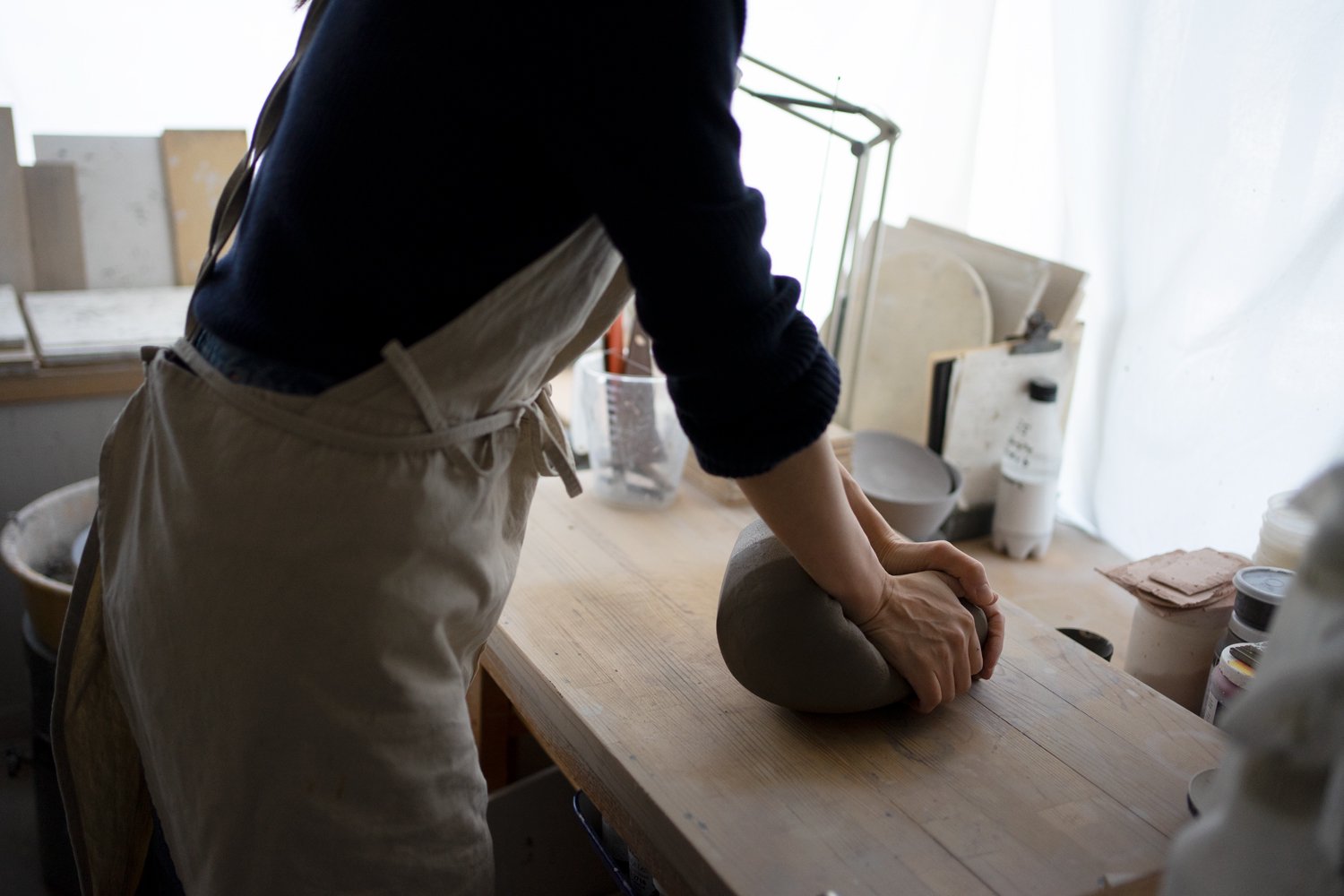
ものづくりの楽しさ
2021年に第一子を授かった鈴木は、現在子育て真っ最中の母でもある。子供が生まれて、よりものづくりに対して真摯に向き合わなくてはいけないと感じるようになったという。幼少期、両親が共働きだった鈴木は、毎日、祖父母の家に帰っては、いろいろなものを自分で作って遊んでいた。祖母はご飯もお菓子も、なんでも手作りで作ってくれる人で、そんな祖母の背中を見て幼心にものづくりの楽しさを感じていた。母となった今、自分もゼロからものを作るという姿勢を見せることで、ものづくりって楽しいんだよ、ということを伝えたい。今の時代、なんでも買えば簡単に手に入るが、敢えて自分で工夫して作ったり、好き、嫌いを自分で感じるようになってほしい。 釉薬を一から調合し、土を練り、形を作る。乾かして、焼成し、釉薬をかけてまた焼く。そうやって手間暇かけて作った器で、ご飯を食べる。ものづくりを超えて、元来、人が生きていくということを、子供は母の姿を通して無意識に培っていくに違いない。
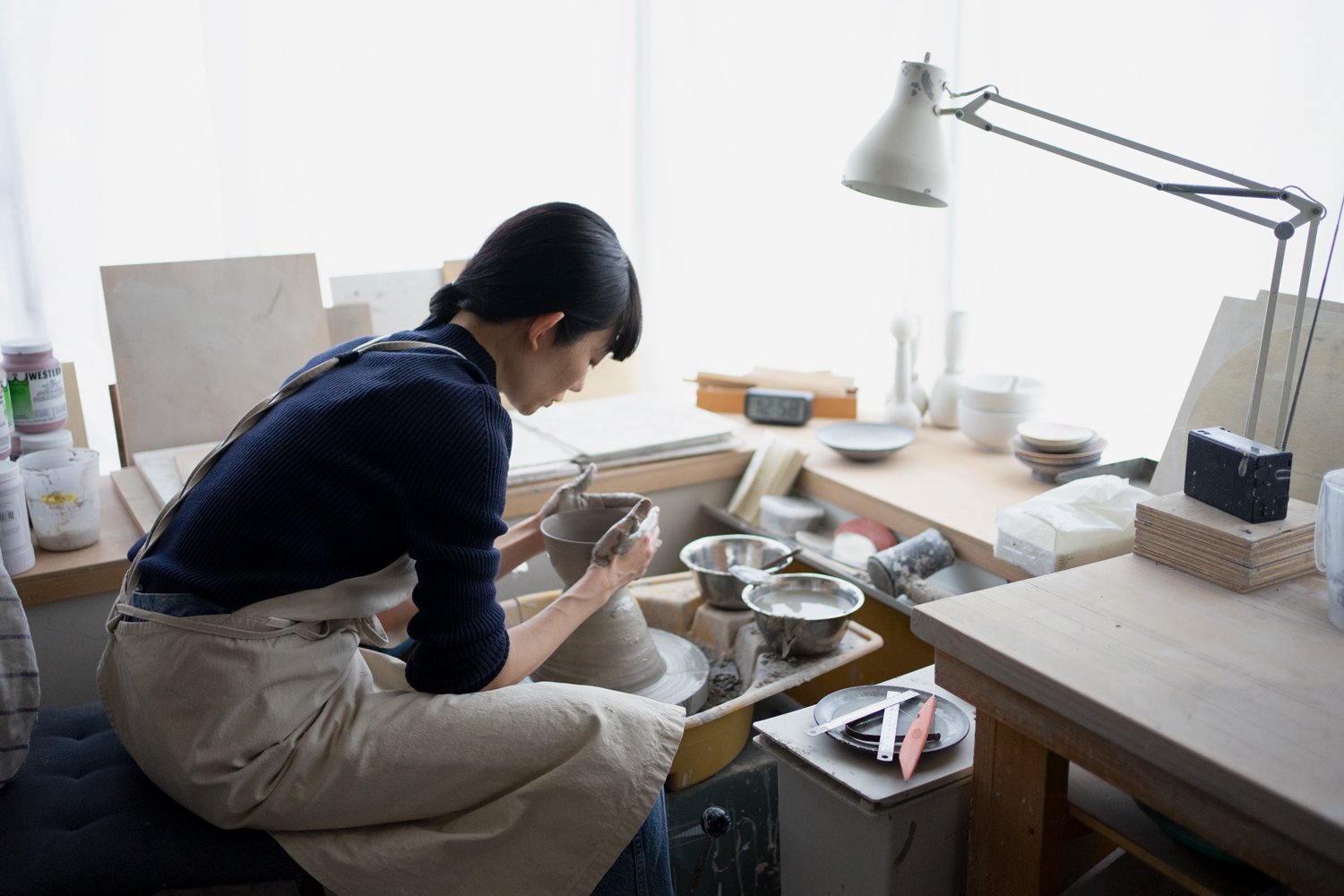
- 1985
- 千葉県生まれ
- 2008
- 日本大学芸術学部 デザイン学科建築デザインコース 卒業
- 2009〜
- フリーランス
- 2012
- 多治見市陶磁器意匠研究所 修了
- 2014
- SŌK設立
A Passion for Creation That is Observed Within Tranquility

From Architecture to Ceramics
A vintage apartment in Tokyo. The interior, with its exposed concrete walls, is decorated with ceramic masks and tile art, and countless houseplants placed along a window facing the courtyard appear to comfortably bathe in the light of sun. Objects, art pieces, and furniture of various origins, from her own works to those she has acquired, are in perfect harmony within this single space. This is the studio and home of ceramic artist Erika Suzuki. Having originally studied architecture, Suzuki devised plans for the renovation together with her husband who also has an architectural background, and created this space while making changes and modifications themselves as well. Suzuki, who majored in architecture at university, became an assistant at architectural design office after graduating. Although maintaining an interest in the architectural profession as she experienced various tasks, at the same time, she felt a strong desire to “create things more directly through her very own hands.” One day, as she was walking by the station, she came across a poster for an exhibition of works by ceramic artist Hans Coper. Finding herself drawn to visit the exhibition, it was there that she encountered works that completely subverted her impression of ceramics―works with an aura like she had never seen before. Suzuki, who had never touched a potter's wheel before then, had decided without hesitation to engage in ceramics, leading to her enrollment in a ceramics school in Tajimi.

Insatiable Curiosity
After studying ceramics in Tajimi, Suzuki returned to Tokyo and started working as an artist. Under the name SŌK, she creates a diverse and eclectic range of items with different uses and for different customer bases, including vessels, accessories, and art pieces. The vessels meet their completion once food is served upon them, while the accessories are complete once adorned by the wearer. She mentions that in this respect it is all quite natural for her, as she more or less maintains the same stance for everything that she produces.
In terms of vessels, she channels her awareness towards the fact that she is producing backdrops for food, and thus explores the kind of backdrops that could be created through the colors, textures, and unevenness of the glaze. Suzuki mentions that she is more interested in making the “face” rather than the shape of the vessel. Come to think of it, she rarely makes cups or other vessels that could be used to hold drinks, and instead devotes herself to making dishes and bowls that are used for serving food. Before pursuing a career in ceramics, there was a time when Suzuki had contemplated becoming a maker of traditional Japanese washi paper. She states that she had always been interested in creating materials. Even now, while producing ceramics, she is perhaps engaged in an exploration of the material itself.
It has been ten years since Suzuki began working in ceramics, and although she has now become a highly sought after artist, she mentions that she still finds ceramics to be challenging. She laughs as she shares how she is still trying to get to grips with the potter’s wheel, and that mixing the glaze is a process of repeated trial and error. One also feels that she has managed to continue working with ceramics because it is something that cannot be entirely controlled and doesn’t always turn out as anticipated. Simple shapes and delicately subdued glazes that accentuate and draw out the appeal of the food that is served upon them. Suzuki’s ceramics by no means make a strong statement, yet the nuances of the indescribable colors, as well as the exquisite texture that lies within the realm between glossy and matte, are what indeed define her work. When looking at her work, one realizes that artistry is not just about bringing individuality to the forefront, but also about expressing that individuality while controlling it. While perhaps not evident from the dignified and tranquil impression of her works, a conversation with the artist had enabled one to capture a glimpse of her conflictions and insatiable curiosity for making things.

The Joy of Making Things
Suzuki, who gave birth to her first child in 2021, is also in the very midst of motherhood. She mentions that after having a child, she began to feel that she needed to approach her practice more earnestly. Since both of her parents worked, as a child Suzuki would go home to her grandparents every day after school and play by making various things herself. Suzuki’s grandmother was someone who made everything by hand, from meals to sweets, and seeing her grandmother had instilled her with the joy of making things. Now that she is a mother herself, she wishes to communicate the joy of making things to her son by showing her attitude of how she too creates things from scratch. In this day and age, it is possible to easily buy anything one wants, but Suzuki hopes to encourage him to devise and make things himself and come to develop a true sense of what one likes and dislikes. Mixing the glaze from scratch, kneading the clay, and creating the shape. Dry, fire, glaze and fire again. To eat with vessels that have been made with time and effort in this way. One does not doubt that the beyond the mere joy of making things, the fact that such is indeed originally a means of life, is something that would subconsciously be cultivated in the child through their mother.

- 1985
- Born in Chiba, Japan
- 2008
- Graduated with a Bachelor’s degree from Department of Design, College of Art, Nihon University
- 2009
- Started working freelance
- 2012
- Graduated from Tajimi City Pottery Design And Technical Center
- 2014
- Founded SŌK
-
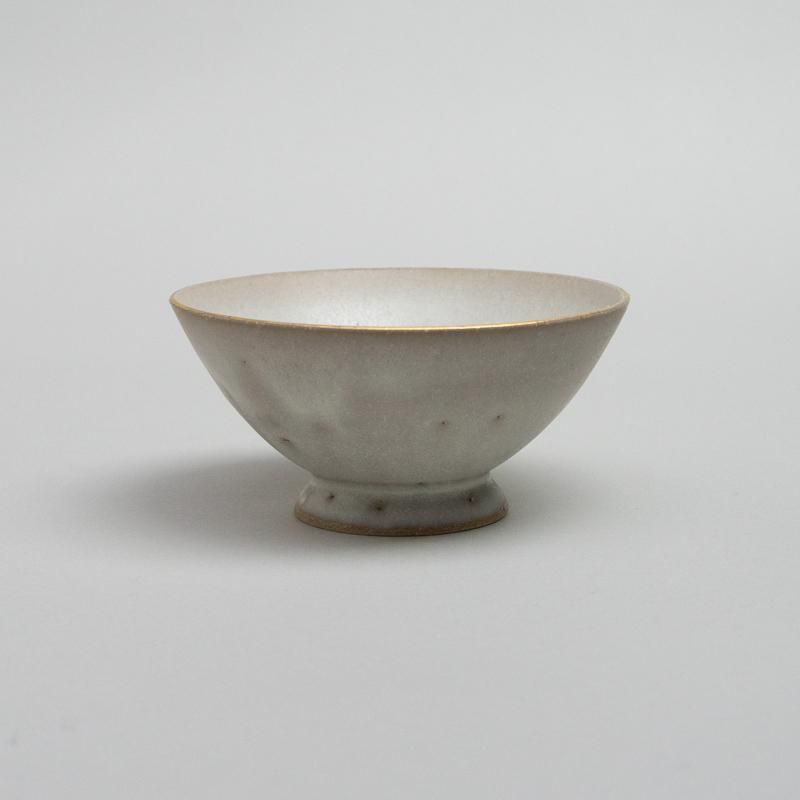
SMALL GOLD-EDGED BOWL
-
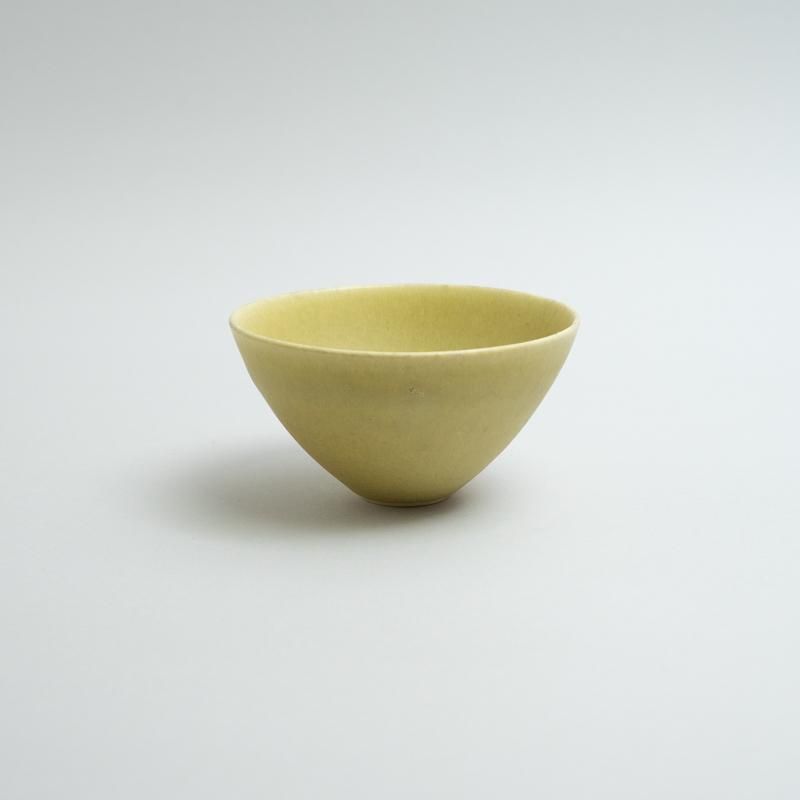
YELLOW YOGURT BOWL
-
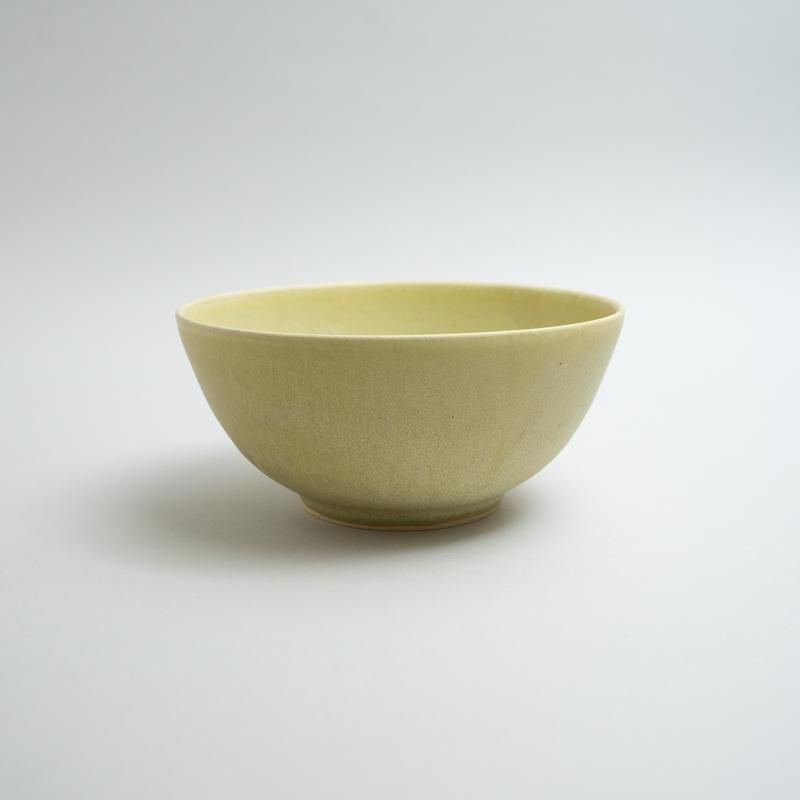
YELLOW NOODLE BOWL
-
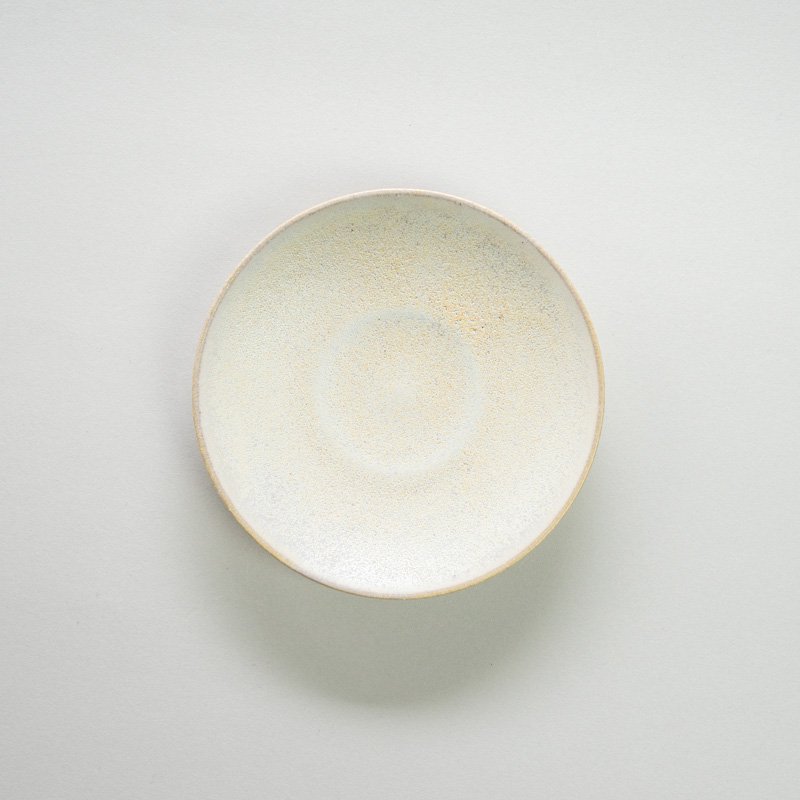
MAMEZARA YELLOW GREY
-
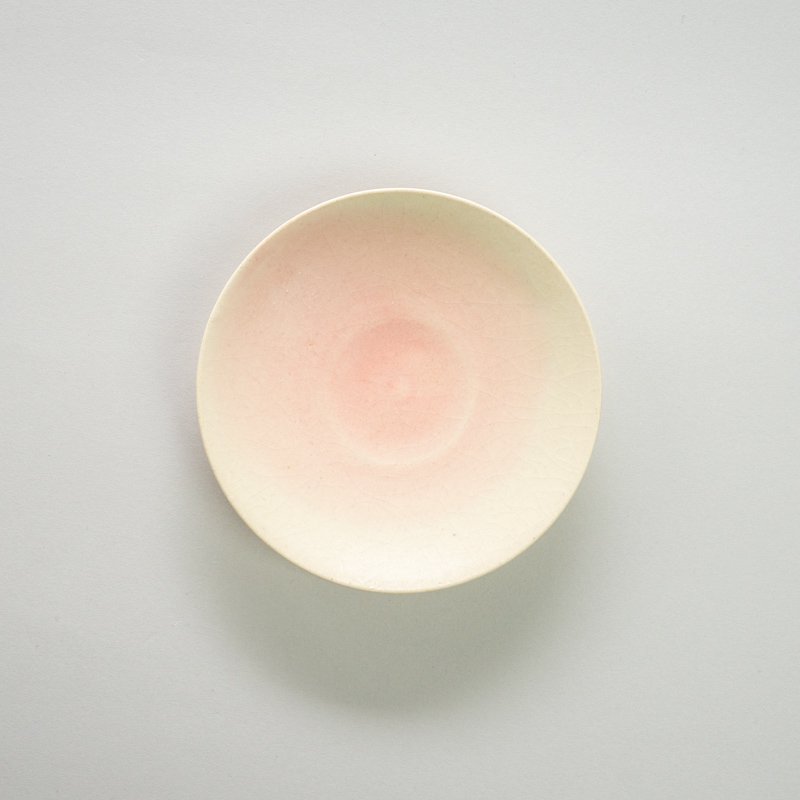
MAMEZARA PINK
-
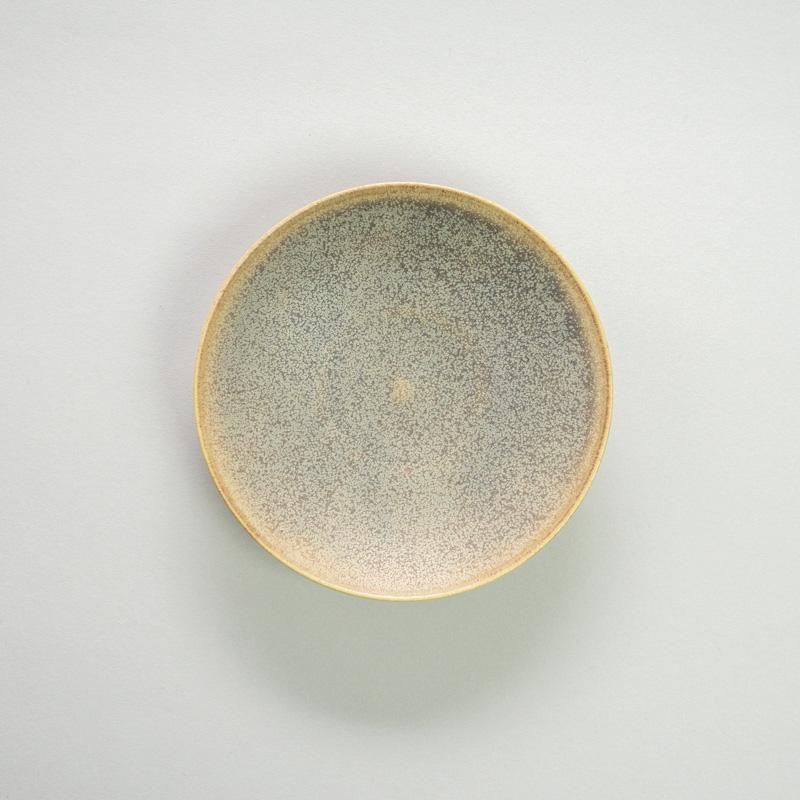
MAMEZARA BLUE BROWN
-
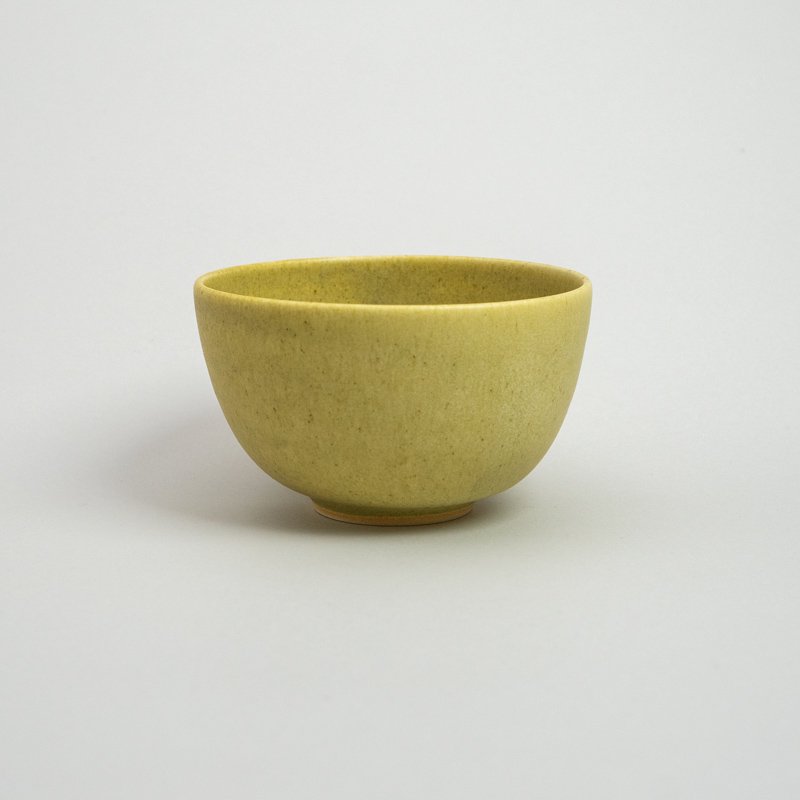
SMALL BOWL YELLOW
-

MEDIUM BOWL YELLOW
-

MEDIUM BOWL WHITE/YELLOW
-
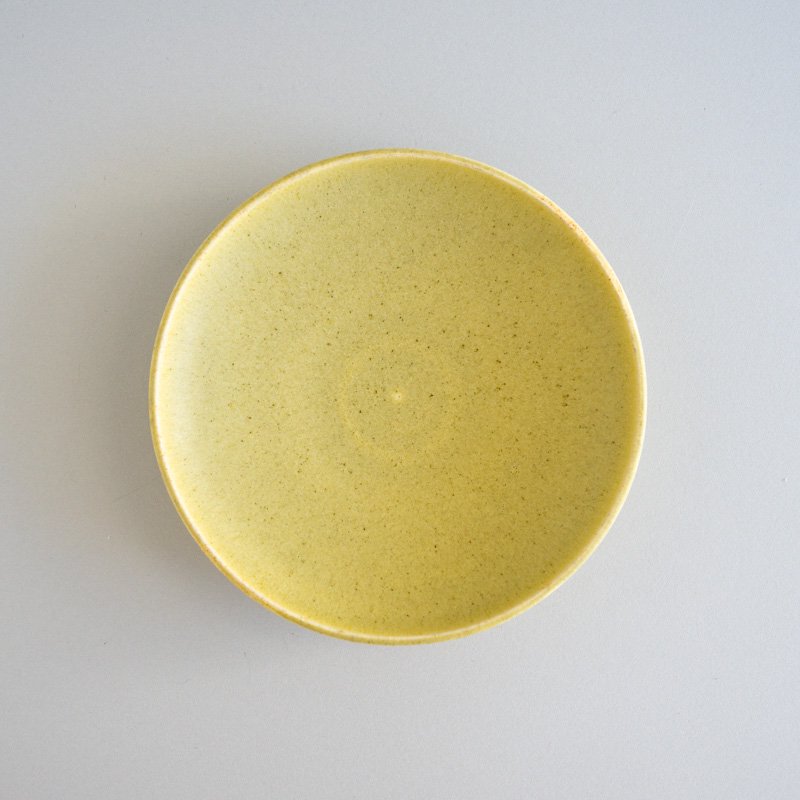
MEDIUM PLATE YELLOW
-
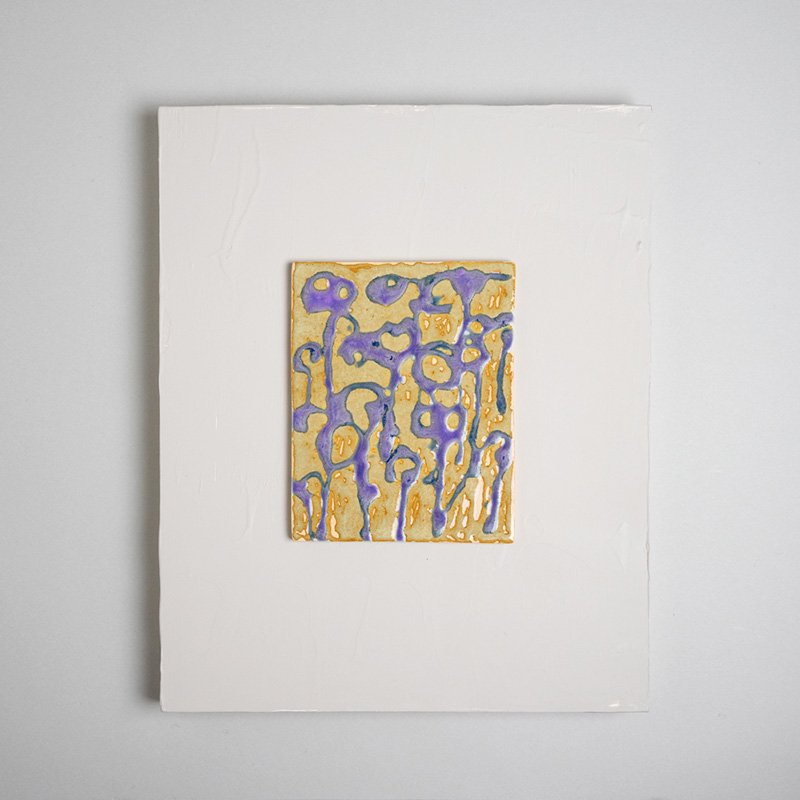
CERAMIC BOARD PAINTING “昔をおもう”
-
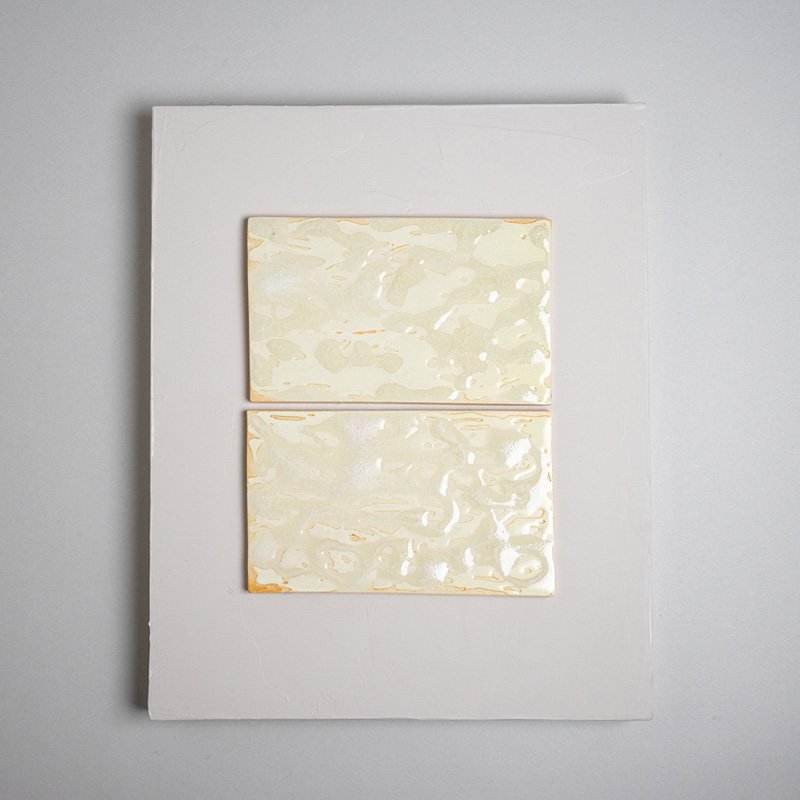
CERAMIC BOARD PAINTING “とけていく”
-
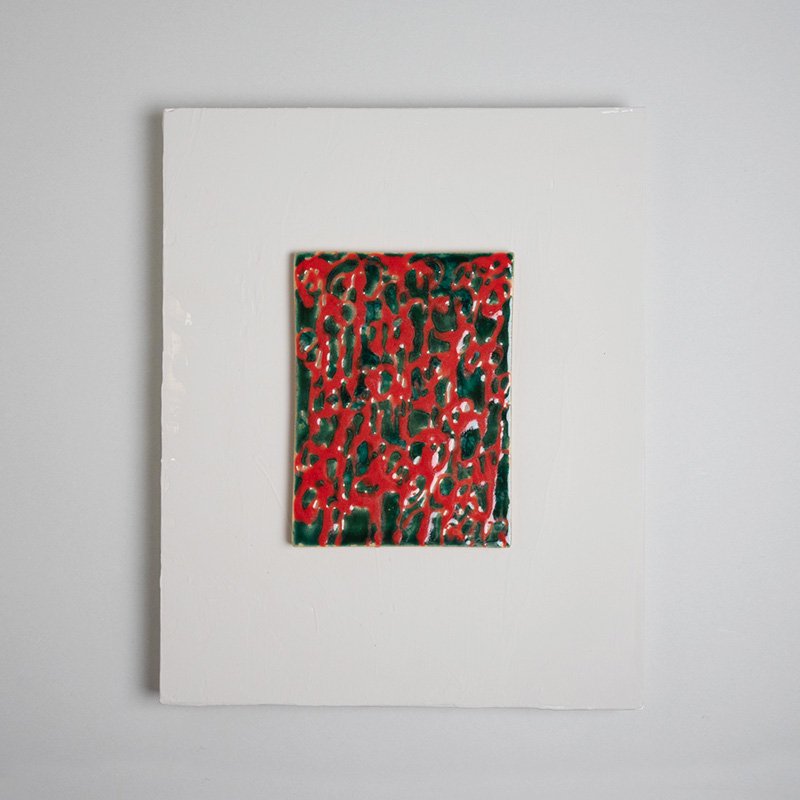
CERAMIC BOARD PAINTING “1225”
-
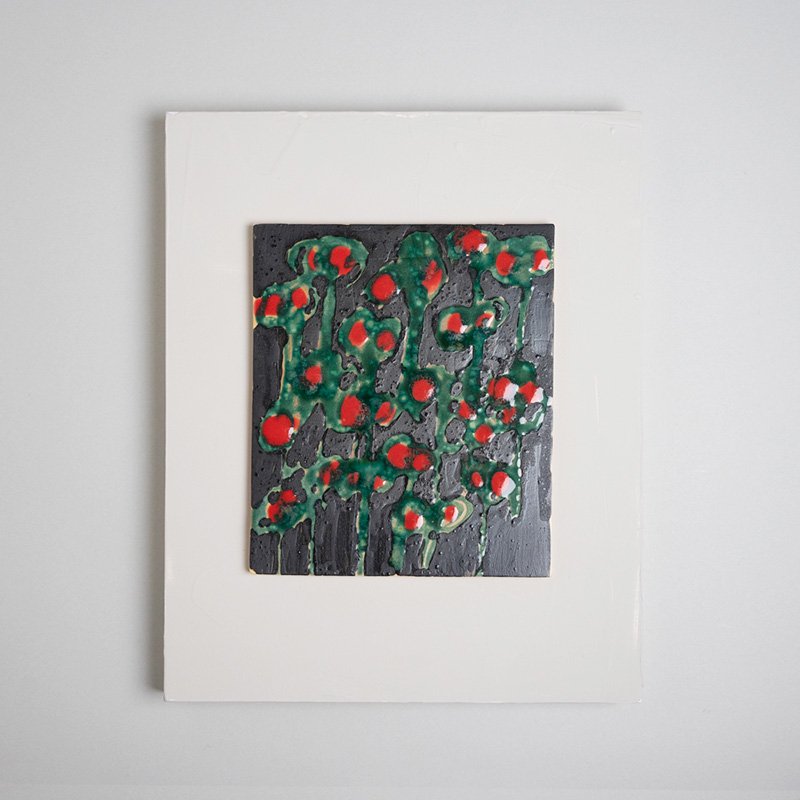
CERAMIC BOARD PAINTING “1224”
-
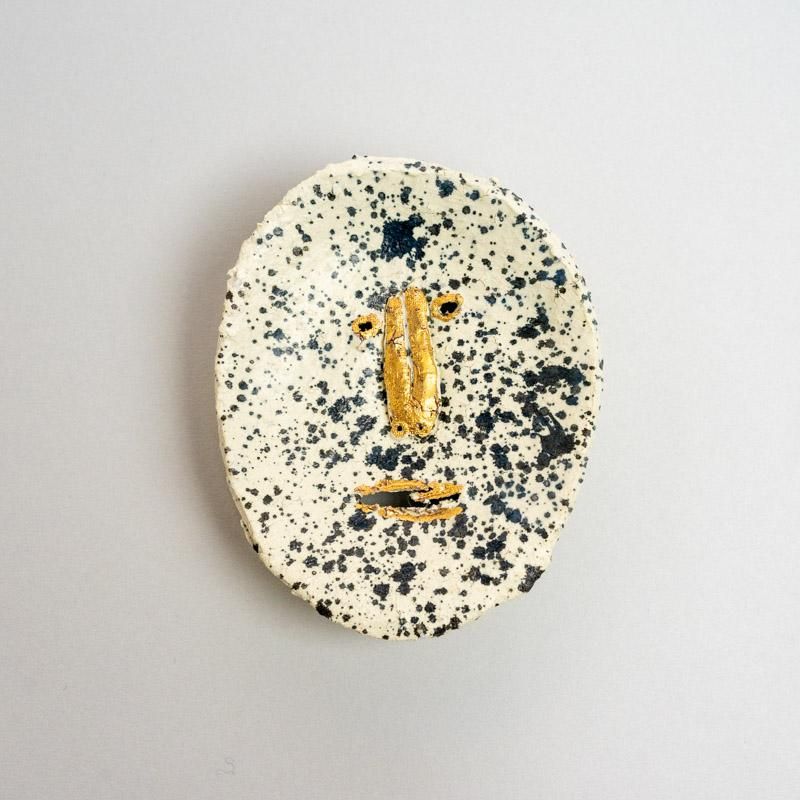
MASK “いいねぇ”
-
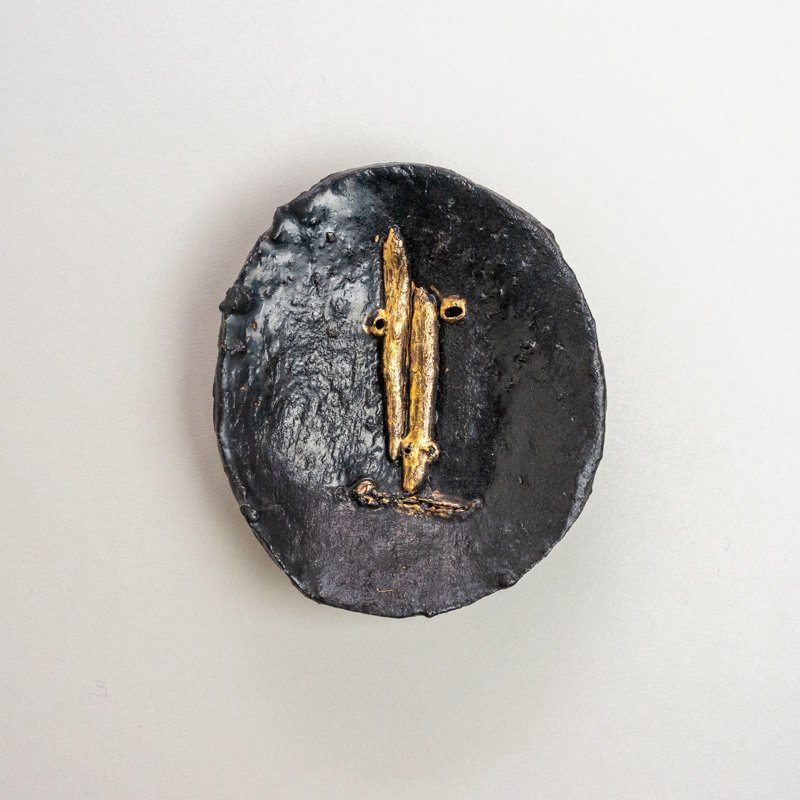
MASK “そうかなぁ”
-
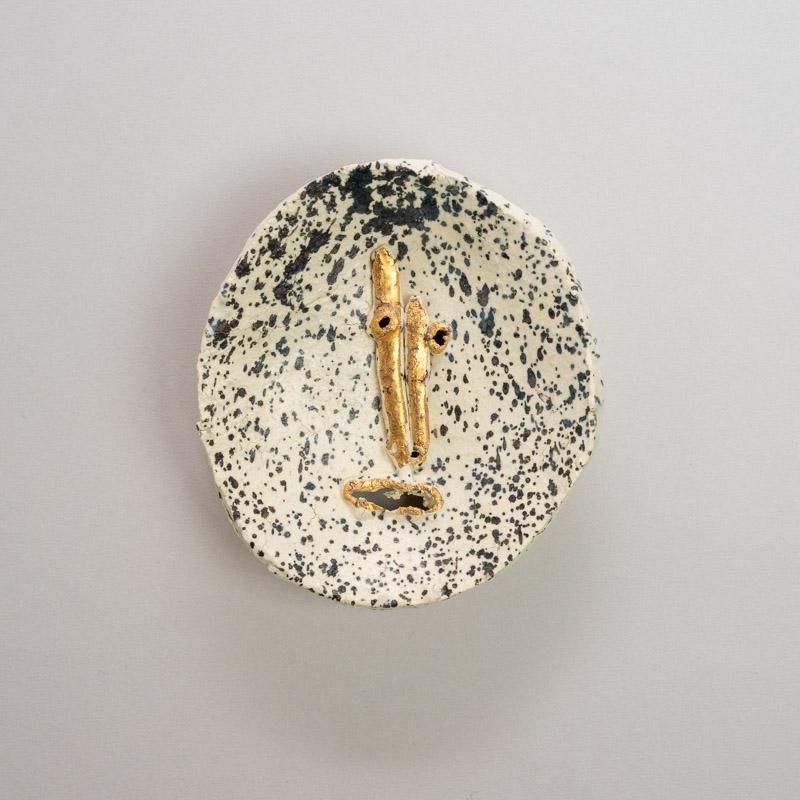
MASK “いいんじゃない?”
-
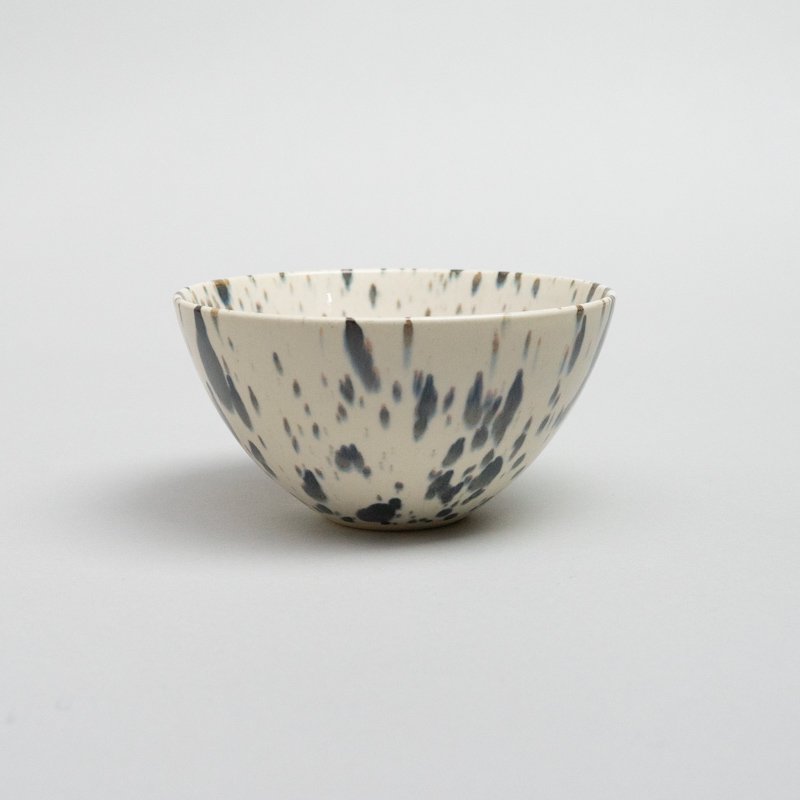
SMALL SEAL BOWL
-
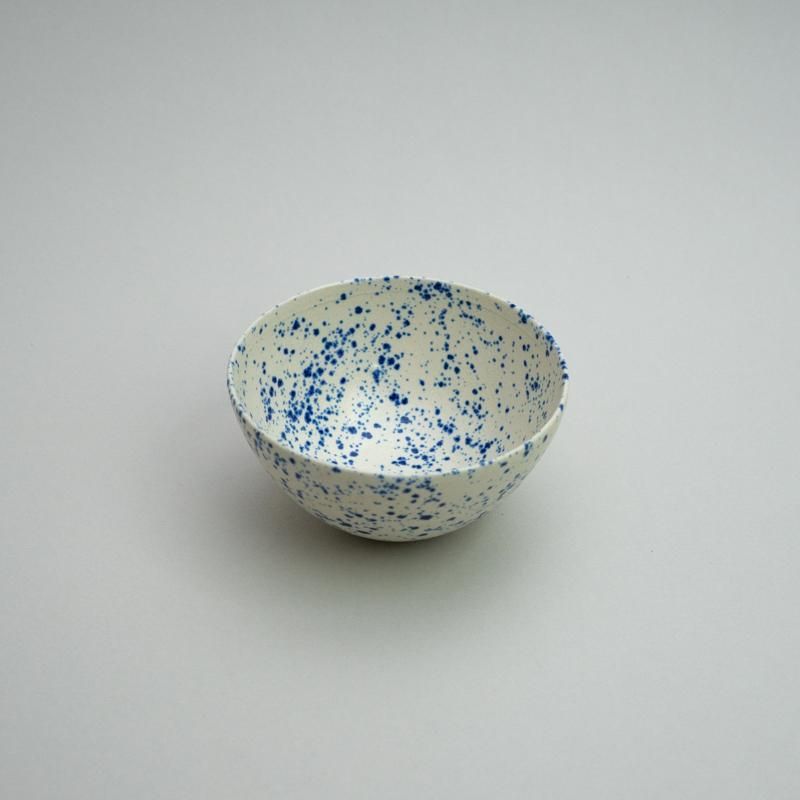
BLUE DOTS BOWL
-
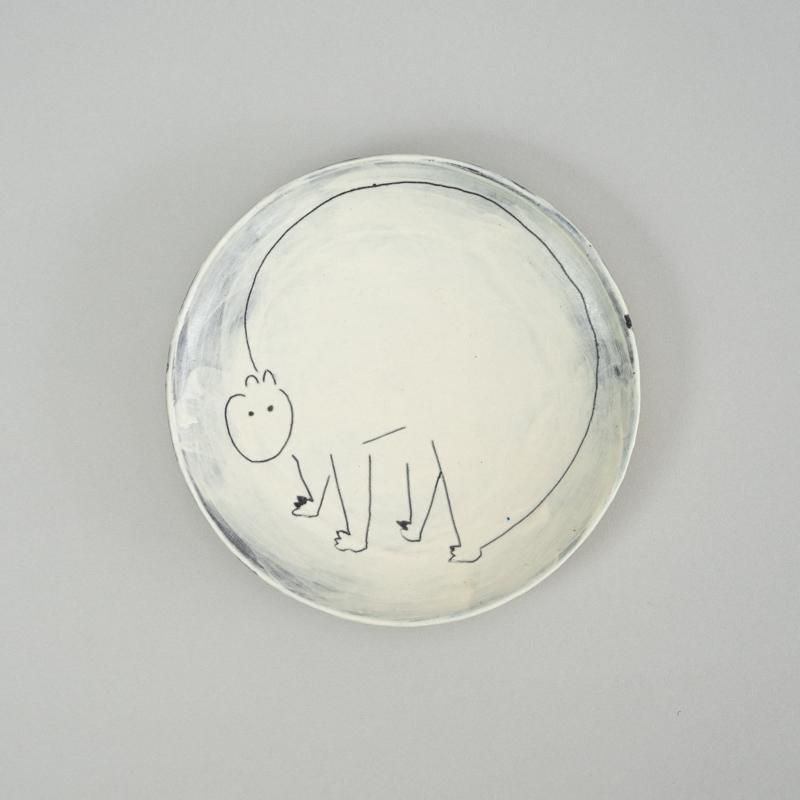
ANIMAL PLATE #12
-

ANIMAL PLATE #11
-
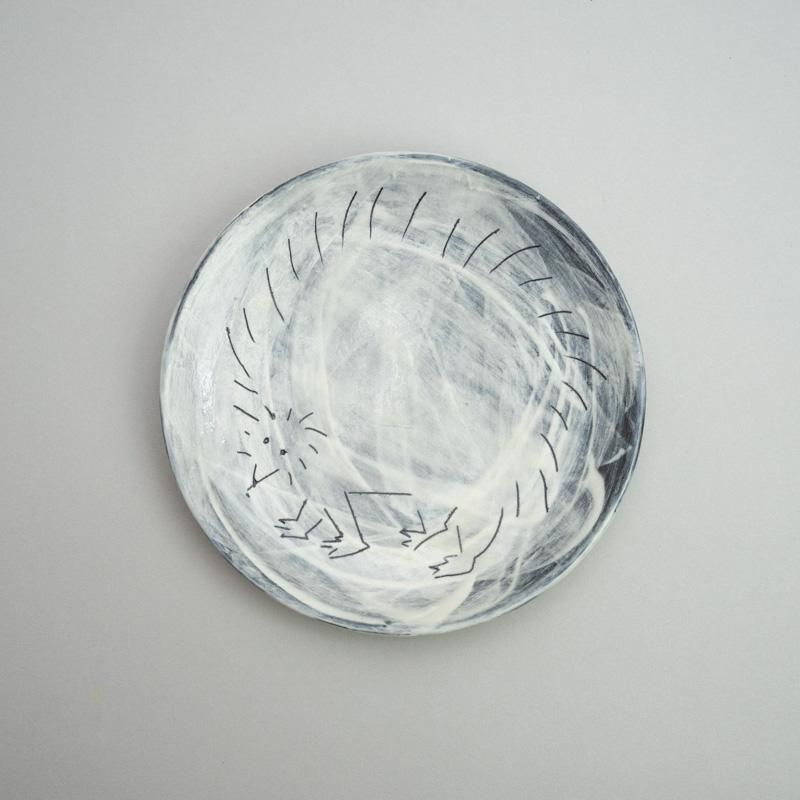
ANIMAL PLATE #10
-
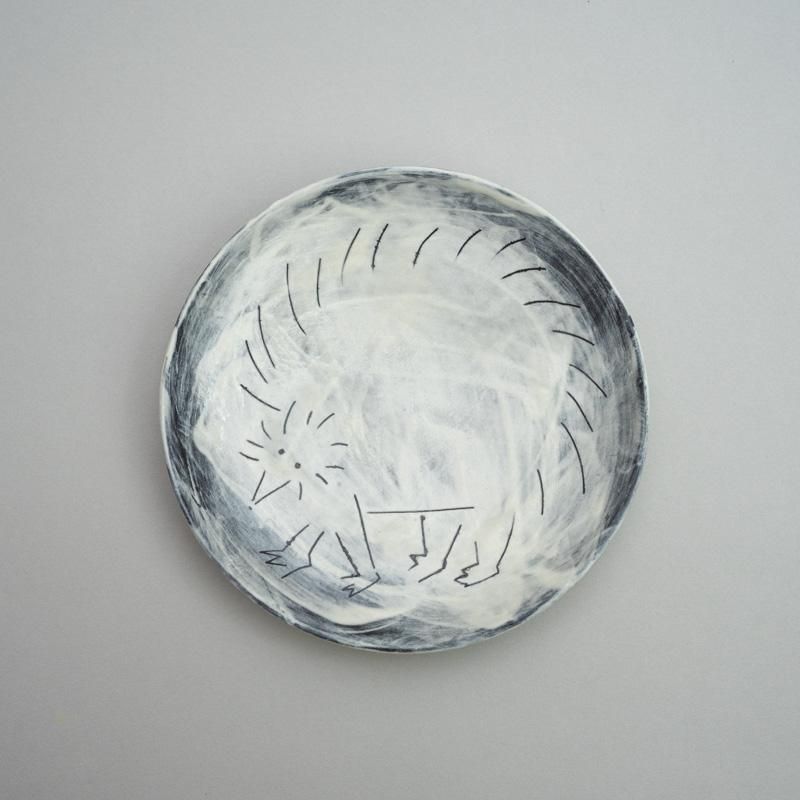
ANIMAL PLATE #9
-
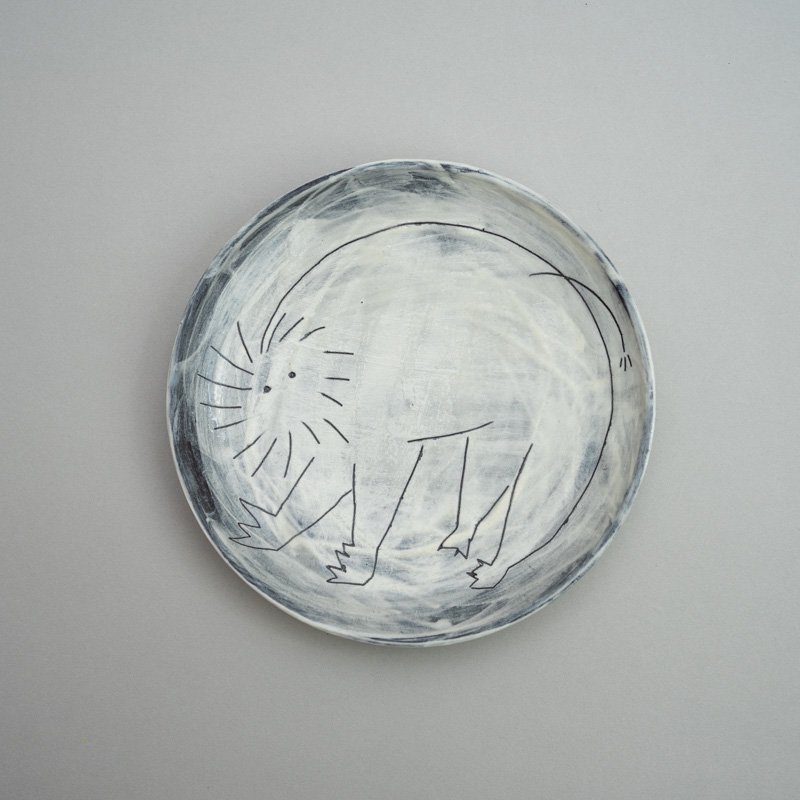
ANIMAL PLATE #8
